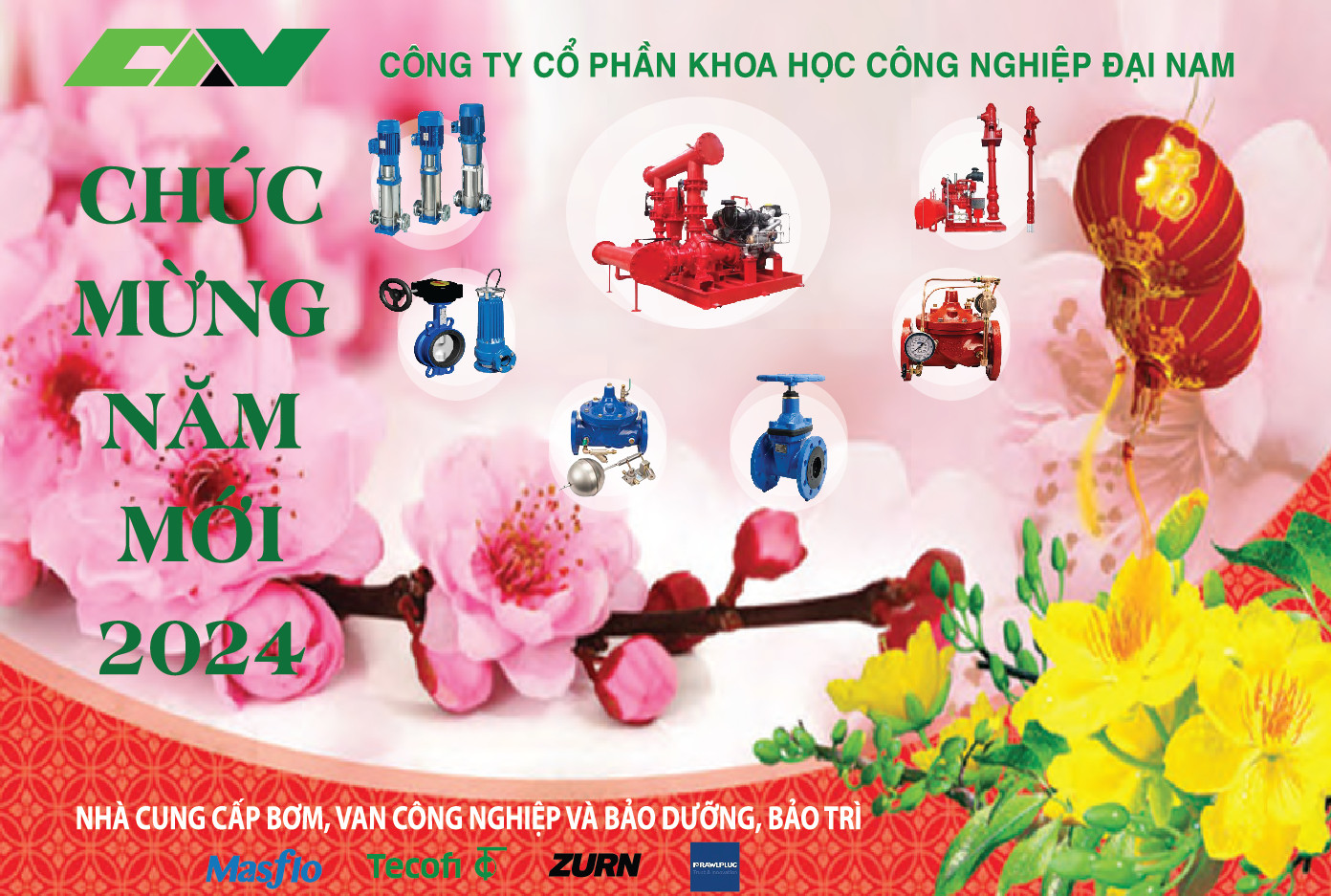Currently, there are many industrial pump suppliers on the market, but for advice on how to install industrial pumps effectively, only pump suppliers who are experienced and knowledgeable about the product can advise. Good for you.
With more than 15 years of experience in the field of supplying industrial pump systems, industrial valves, we would like to raise some issues to pay attention to when installing industrial pumps as follows:

The steps taken to install industrial pumps to achieve best use efficiency and ensure pump life:
Industrial pumps have the basic characteristics of high flow and pressure, are designed for easy installation, easy to use and can be installed in parallel for fire protection systems, domestic or production water supply systems. should help save costs. So when installing industrial water pumps, in order to bring the highest efficiency to pump stations, you should pay attention to the following things:
1. Prepare to install the pump
- Lifting and lowering the pump is very important during the installation process, so the correct procedure must be followed. Non-impacting of the device may result in device breakage, especially Seal.
2. Pump placement
- The pump must be placed in a dry, well-ventilated location, avoiding the location causing frost.
- Must be convenient for inspection, repair, and cleaning of pumps and engines.
- When the pump is hot, the pump must be insulated to avoid burns to the operator
3. Base for pump installation
The pump base must be installed in accordance with the manufacturer's recommendations, in the event that improper installation may result in damage to the pump component. If the pump is installed on a base of inertia, it must be heavy enough to fix the pump on it to 1 block. The inertial base must be able to eliminate normal pump vibrations or pump start / stop shock.
Pumps installed on the base of inertia or on the ground, the pump base must be completely laid on a flat surface
4. Installing dampers, soft joints
To reduce pipe vibrations during pipeline water transportation. The input / output pipe system must be installed with "expansion join" dampers and the base must be fitted with anti-vibration springs.
5. Piping connection
Installation pipe must withstand the stress of the pipe, the size must be appropriate. The piping should be cleared of air bags in the piping especially with the nozzle.
Certainly, the installation process must ensure that the inlet liquid is evenly distributed on both sides of the suction vane.
In addition, if the pump is installed with a static suction inlet water state, a suction chamber must be installed.
In addition, the outlet pipeline must install an additional isolation valve to facilitate the maintenance of the pump, the one-way valve to protect the pump from circulating flow as well as when stopping the pump and anti-collision device.
6. Return route
In the event of a pump running failure the output is locked. The pump outlet should have a flow of at least 10% of the maximum flow value.
7. Measuring equipment
Measuring device installed to indicate the operating status of the pump. Install pressure gauge at inlet / outlet.
To check the load of the motor, a current meter should be installed.
8. Check the motor direction of rotation
Install the pump in the direction of the arrow on the pump body.
9. Pump seal
Pump seal is responsible for sealing to avoid leakage phenomenon. In the event of a leak, check immediately. If the surface is damaged, it must be replaced. The seal should be handled with care.
10. Engine
The engine must be installed in a dry and well ventilated place and keep the engine clean, ensuring that the engine is cooled down by a radiator fan. If the engine is installed in a dusty environment, it should be cleaned periodically
11. Align balance
When the pump is shipped, alignment problems have been made to ensure that the pump shaft-motor shaft is fully balanced. But due to the transportation and installation, this balance can be changed, so after installation before putting the pump into operation, this must be checked.











